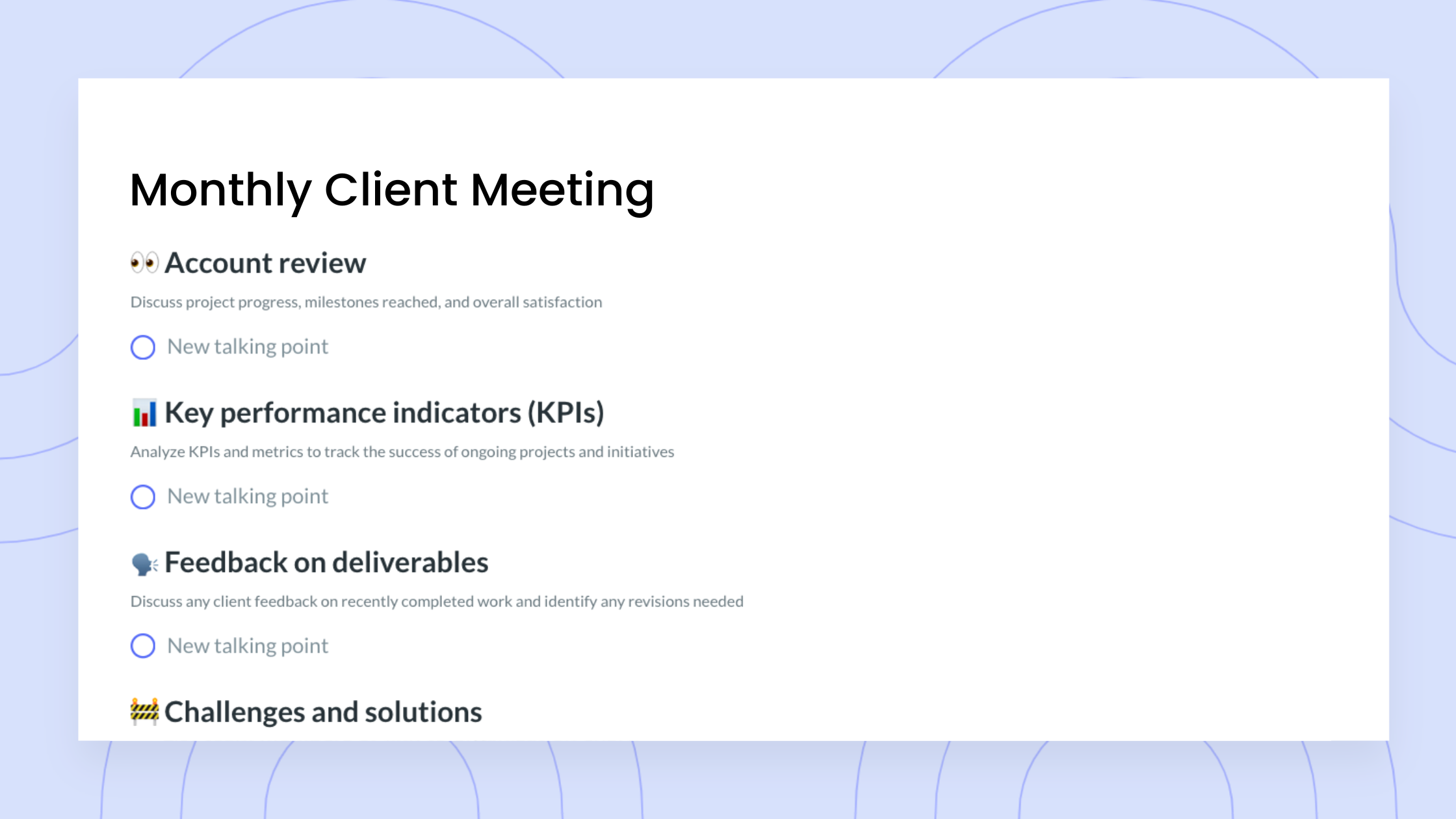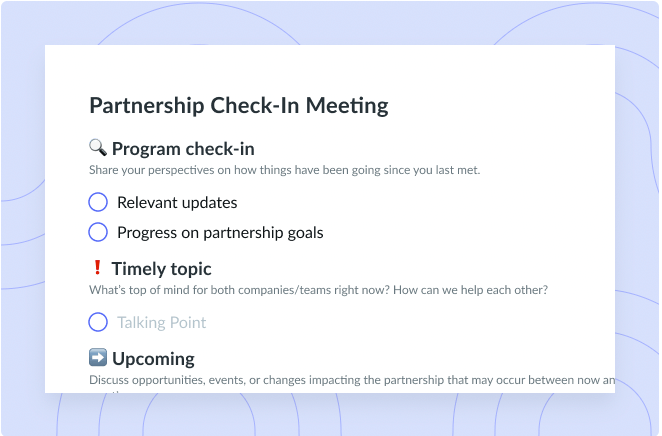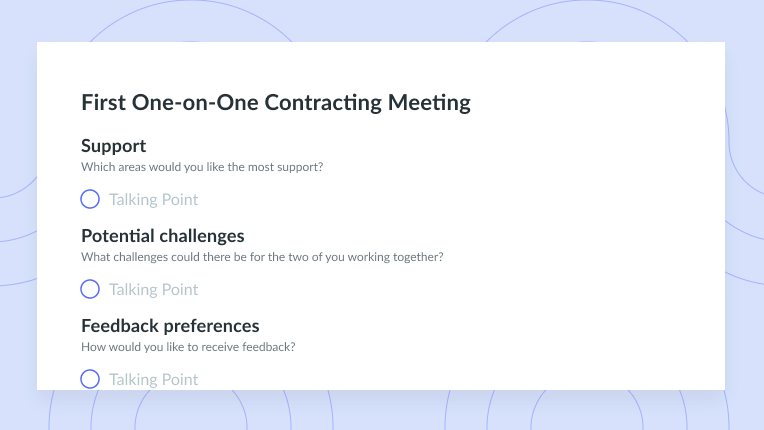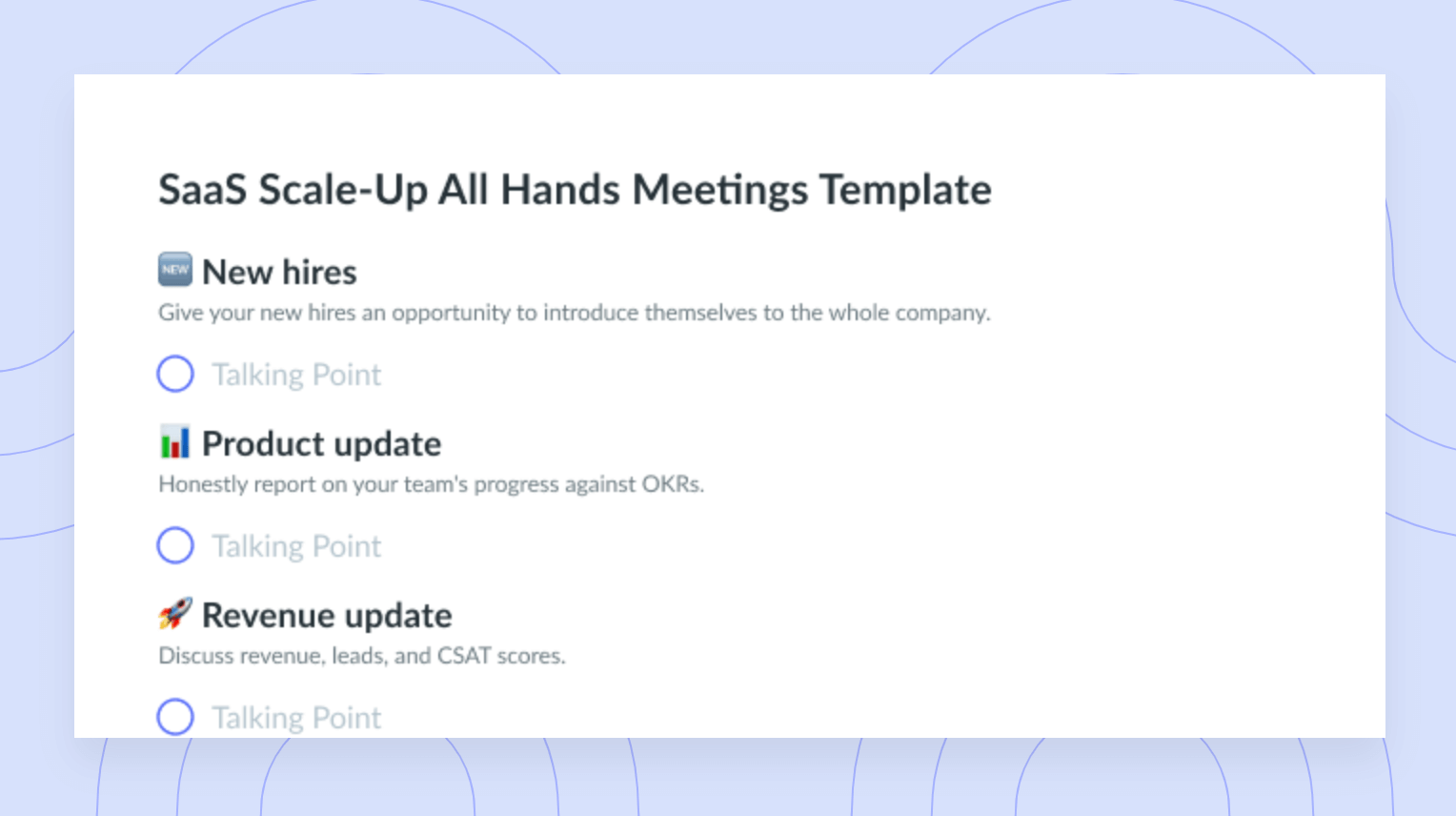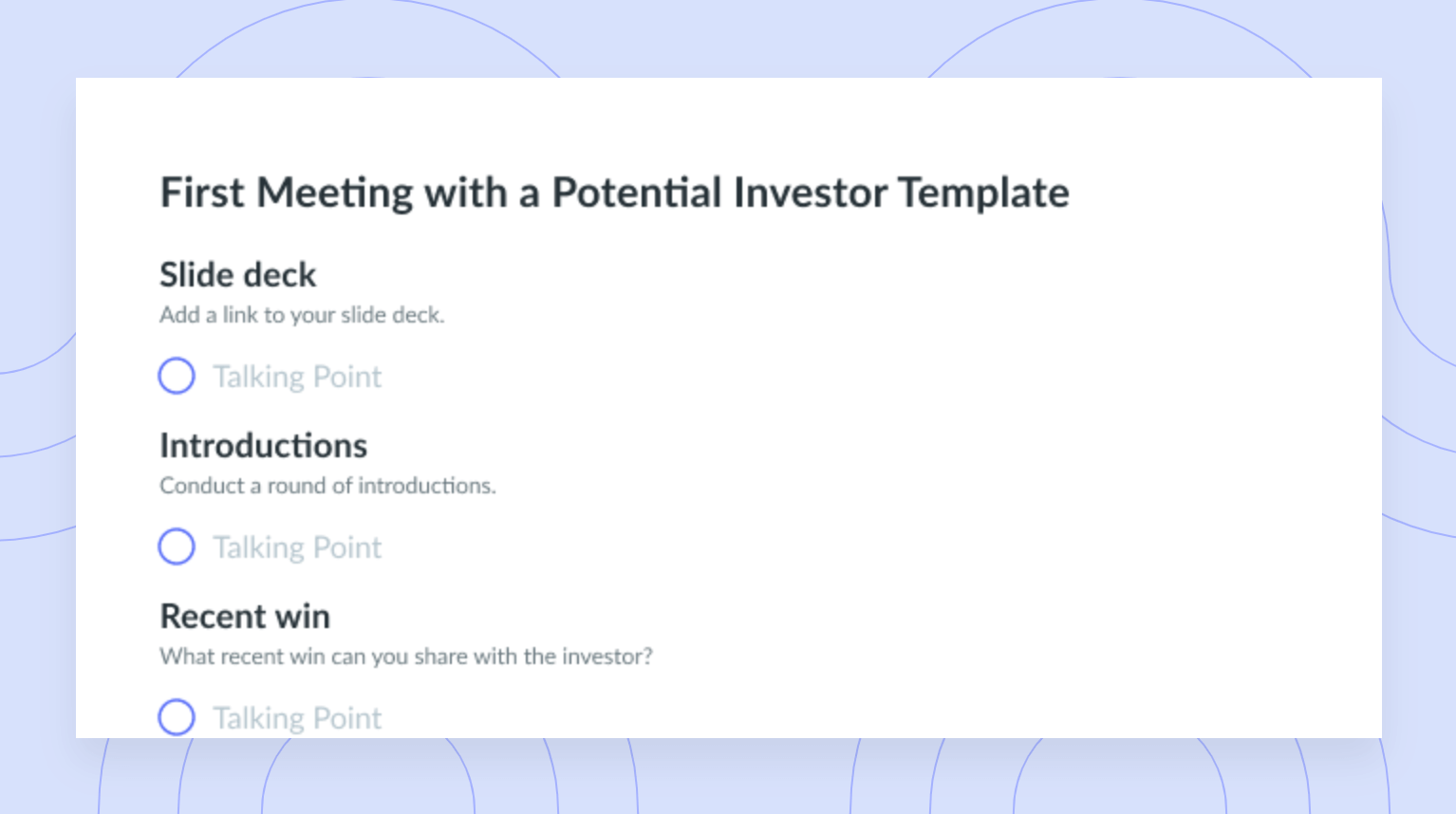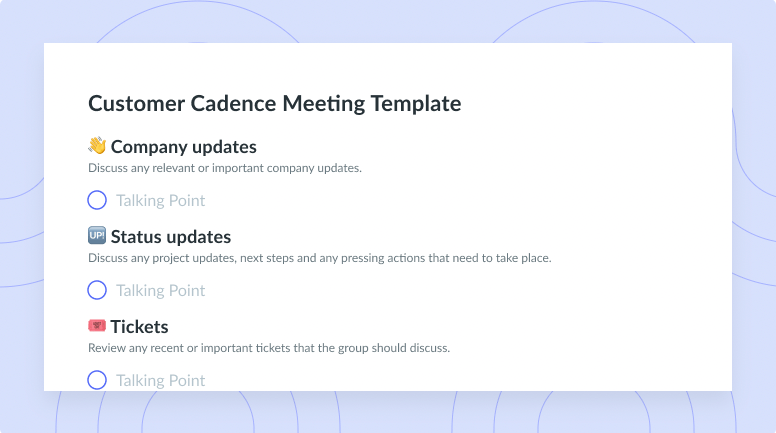How to Practice Active Listening at Work: 8 Key Techniques to Become a Better Leader
Learn how to engage in active listening at work to build trust, stronger relationships, and effective communication practices that will help drive your career forward.
Active listening is essential for effective communications and engaging conversations. Truly listening to others is a sign of respect, trust, and is an empathetic reaction. Active listening was originally an important element of client-centered therapy in psychology and is an element that is also central to the foundation of counseling in various fields and professions (Kubota et al., 2004).
The essence of active listening, from a theoretical view, and why it’s so important is because it improves human relationships (Kubota et al., 2004). This listening habit can be applied to any relationships in our lives, including professional relationships in organizations across the globe.
If you’re looking for how to practice and improve your active listening, you’ve stumbled upon the right article. Here you’ll learn what active listening is, why it’s important, and some examples, skills, and techniques to master it.
- What is active listening?
- Examples of active listening
- Why is active listening at work important?
- 8 Key techniques to become an active listener
What is active listening?
Active listening is the act of providing your undivided attention to another person or people while they communicate information, feelings, or beliefs. From a psychological perspective, active listening tends to involve 3 specific elements (Weger et al., 2014):
- Expressing interest in the speaker’s message by displaying nonverbal involvement in the form of back channeling. Back channeling is a response that demonstrates the listener’s attention, rather than conveying information. Examples are a head nod or responses such as, “okay,” “mhm,” “uh-huh,” “right.”
- Paraphrasing the speaker’s message, but refraining from interruption.
- Asking questions to encourage the speaker to elaborate on their beliefs or feelings.
Active listening communicates empathy and builds trust with the speaker because it demonstrates unconditional and undivided attention by validating the communicator’s experience (Weger et al., 2014). Because active listening is a sign of respect, this listening strengthens relationships and creates opportunities for more effective communication and collaboration.

Take note
Write down important talking points, decisions, and next steps to never forget what was discussed in your meetings with a tool like Fellow.
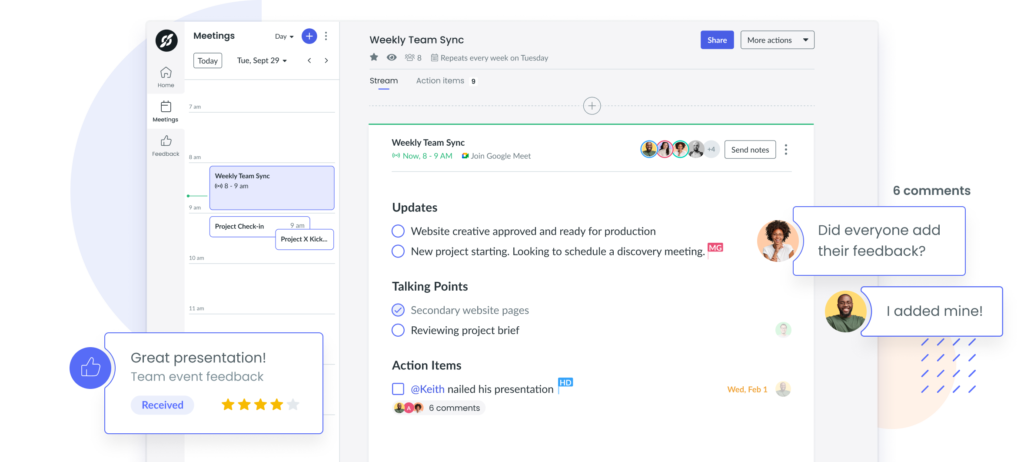
Examples of active listening
Become a master of active listening and try to incorporate these examples at work:
Asking open-ended questions
“It sounds like you have too much on your plate right now. How can I best support you?”
“What would make your job easier?”
“What can I do to help?”
“How does that make you feel?”
Verbal Affirmations
“I was really impressed with your presentation today.”
“Thank you for sharing your thoughts on the project. I will consider them and get back to you.”
“That must have been a difficult decision, but I think you did the right thing.”
“That’s a great result, you should be proud of your work.”
Disclosing similar situations:
“I’ve gone through similar challenges to the ones that you’re sharing. Do you want to grab a coffee and talk more about it?”
“This reminds me of the time that I had to step-in for the annual conference. I wasn’t prepared to speak publicly, and I felt embarrassed but apparently no one noticed. You gave a great presentation today- you seemed confident and articulate, so I don’t think you have anything to worry about.”
Paraphrasing
“So, what you’re saying is that if you had another project manager working on the technical side of the project, it would run more smoothly?
“What you mean is that the deadline is not realistic–is that right?”
Waiting to disclose your opinion
“Can you tell me more about this client relationship? When did you meet and what is your history with them?”
“Elaborate on the issue a little bit–when did this all start?”
Why is active listening at work important?
Active listening is important because there are many positive outcomes associated with it. Studies have found that active empathetic listening is related to positive interactions and positive relationship outcomes (Weger et al., 2014). When your working relationships are strong, you will communicate and collaborate much more effectively, leading to higher productivity and efficiency in the office. Studies have also shown that active listening is a skill that can be learned and improves over time (Kubota et al., 2004), meaning that there is always room to learn, grow, and improve relationships.
What’s more, active listening helps you truly comprehend what people are saying and what they mean during conversations and meetings. You enhance your listening skills, and you can use Fellow to to take notes on what is being discussed during meetings to show you are actively listening. Taking notes also acts as a way of paraphrasing what is being said so that you can retain more information.
8 Key techniques for becoming an active listener
- Pay close attention
- Use body language
- Ask and give feedback
- Don’t interrupt
- Paraphrase what has been said
- Show interest with questions
- Avoid distractions
- Be comfortable with silence
1 Pay close attention
Make sure that you are giving the communicator your complete, undivided attention and acknowledging the message or information. Be aware of your non-verbal communication and cues, because actions often speak louder than words. In this sense, make strong eye contact, don’t actively prepare your response until the speaker is done speaking, avoid any distracting thoughts, and pay attention to the speaker’s body language, tone, and facial expressions.
2 Use body language
You can show the speaker that you are engaged in the discussion by using your own body language. Things like nodding your head occasionally, leaning in, using appropriate facial expressions (such as smiling or frowning), having an open posture (one that faces the person directly), and using backchanneling (saying, “mhm,” “uh-huh,” “right,” “okay”) are all good examples of using your body language to demonstrate that you are actively listening.
3 Ask and give feedback
Make a habit of asking and receiving feedback on a consistent basis. Not only does this foster open communications, but it also gives you an opportunity to actively listen to the feedback you’re being given. Sometimes what we hear can be distorted by our personal experiences, judgements, or beliefs. In order to truly understand what is being said, you sometimes need to reflect on what is being communicated by paraphrasing, asking questions, and paying attention without getting distracted.

4 Don’t interrupt
Interrupting someone while they’re speaking demonstrates that you are not fully listening or considering what is being said. Not only does interrupting someone limit your full comprehension of the message, but it is also frustrating for the speaker and somewhat disrespectful. Make sure that the person who is communicating has finished their point before you go to speak, and wait an extra second to be sure. It’s equally important not to start brainstorming your reply while the person is still talking, because you want to be sure that you are giving them your full attention and understanding the message as best as possible.
5 Paraphrase what has been said
Rather than giving your opinion right away, you can paraphrase what has been said to gain a stronger understanding of the message. Paraphrasing gives the speaker an opportunity to clarify what they meant and to further explain their point. It also demonstrates that you are making the effort to really understand where they’re coming from.
6 Show interest with questions
You can show the speaker your interest by asking them questions once they’ve finished speaking. Open-ended questions give the chance for the communicator to elaborate, explain, and give more detail so that you can construct a more in-depth understanding of what they’re saying. Try to avoid yes or no type questions so that you gain as much information as possible and don’t shut down the conversatione.
7 Avoid distractions
There are always going to be internal (what’s going through your head) and external distractions (what’s going on around the workplace) that you need to avoid. You can avoid distractions by actively engaging in the conversation. When you notice that your mind is drifting off, simply bring it back to the conversation and engage in any communication (non-verbal or verbal) that will keep you present and focused.
8 Be comfortable with silence
Silence isn’t a bad thing, and we should try to resist the urge to fill moments of silence. Respecting quiet moments can bring about deeper conversations and can give you more time to reflect and respond more appropriately. Often, through this time of reflection comes more important and well-thought-through contributions to the conversation. When the silence becomes too uncomfortable for you to bear, consider asking some open-ended questions to keep the conversation going. That said, don’t underestimate the power of silences during your conversations.
Parting advice
Active listening is something that you can learn, reach, coach, and practice. It’s an important skill that will help guide you throughout your career, which is why you should use every opportunity to practice it. The result will be improved relationships, more trust, more effective communications, and more productive business results. Active listening not only shows respect, but also empowers the speaker to communicate their ideas authentically, without judgment. This listening habit will motivate your team to speak up and share their important ideas, concerns, opinions, and beliefs, leading to more innovative thinking and more collaborative efforts.
References
Harry Weger Jr., Gina Castle Bell, Elizabeth M. Minei & Melissa C. Robinson (2014) The Relative Effectiveness of Active Listening in Initial Interactions, International Journal of Listening, 28:1, 13-31, DOI: 10.1080/10904018.2013.813234
Kubota S, Mishima N, Nagata S. A study of the effects of active listening on listening attitudes of middle managers. J Occup Health. 2004 Jan;46(1):60-7. doi: 10.1539/joh.46.60. PMID: 14960831.









